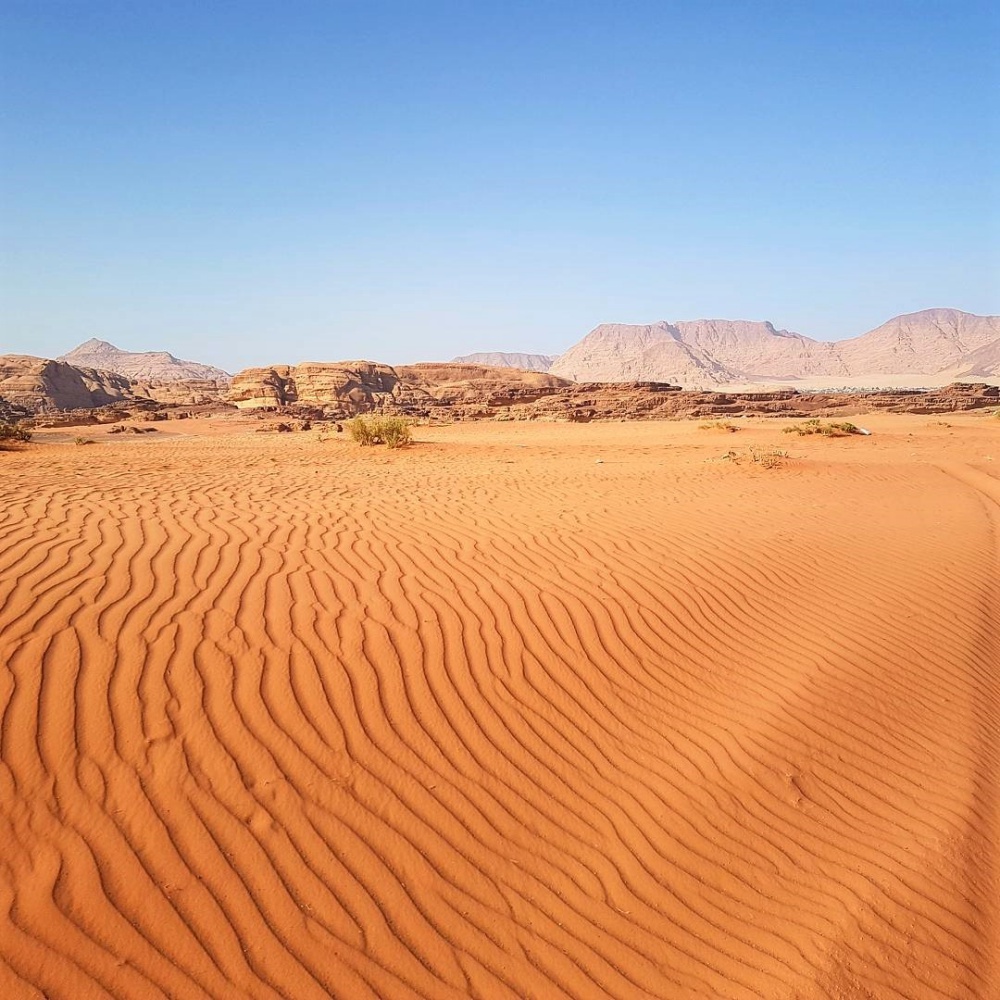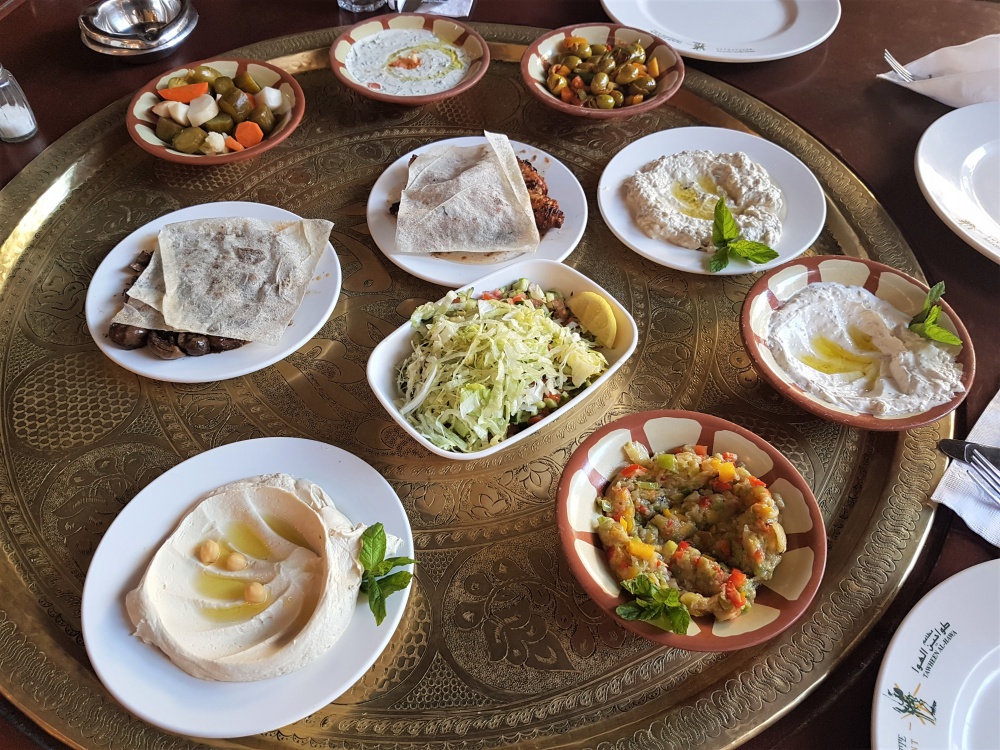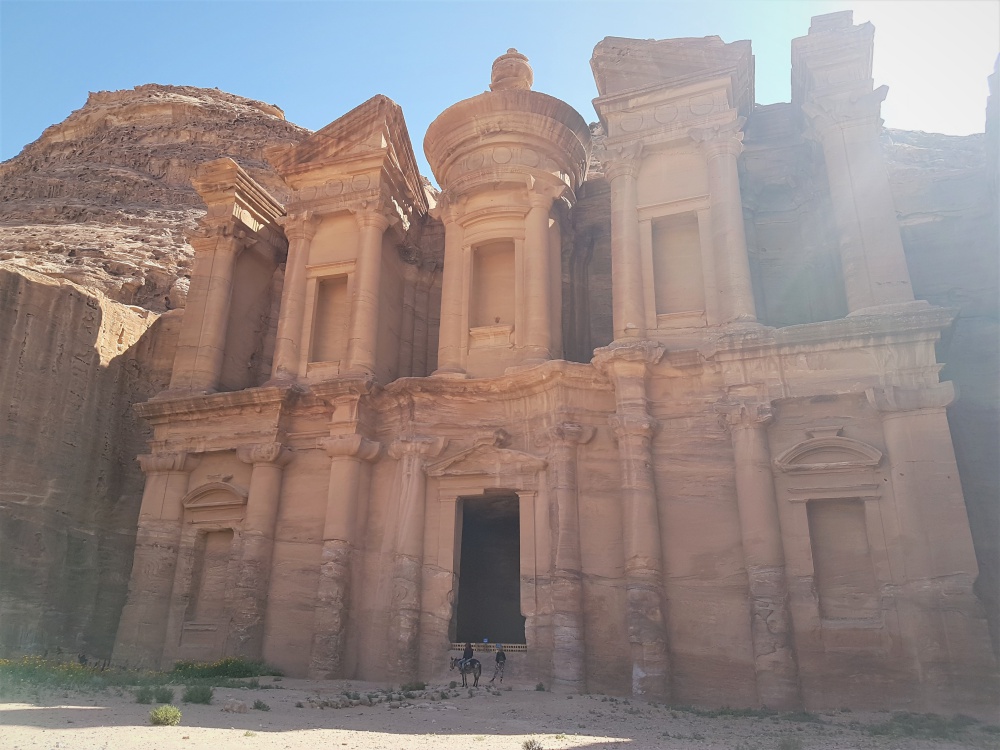With spectacular scenery, countless archaeological gems and one of the seven wonders of the world, Jordan is an extraordinary country.
Almost entirely landlocked, bar a slither of coastline along the Red Sea, the country is flanked by Syria to the north, Iraq to the north-east, Saudi Arabia to the east and south-east, and Israel and Palestine to the west.
Given the catastrophes playing out in its northern neighbours and the uneasy, violent tensions among its western neighbours, it’s amazing that Jordan has so far emerged relatively unscathed amid the turbulent chaos of the Middle East.
That’s not to say the wars playing out around it haven’t impacted the country, for the Jordanian Government says it has taken in an estimated 1.3 million refugees fleeing the war in Syria.
Despite all the chaos surrounding it, the country remains a safe destination for travellers, although if it wasn’t for Petra, I’m not sure I would have visited Jordan as it wasn’t really on my travel radar.
I’d long been keen to see the once-lost Nabatean city, seduced by all the gorgeous photos of the Treasury and the Siq, but the rest of the country had barely made a blip in my consciousness.
That all changed when I started researching my trip to Petra and discovered that Jordan was host to an array of fascinating places, and I found myself wanting to tour a much bigger swathe of the country.

I spent a week travelling around Jordan, starting in the vast Roman city of Jerash (above) in the north-west of the country, before travelling south to the lowest and saltiest place on earth, the Dead Sea.
From there, I explored some of the nearby sites, including Mount Nebo (said to be the place where Moses was buried) and Madaba, home to an extraordinarily accurate mosaic map of the region that dates back to the sixth century AD.
Continuing south, I stopped by the superb crusader castle at Kerak, before arriving in Petra, where I spent a few days exploring the phenomenal Nabatean city, as well as the nearby smaller site of Little Petra.

After the wonders of Petra, we continued south, spending the night in a Bedouin camp in the breathtaking desert surroundings of Wadi Rum (above) on our way to the port of Aqaba, where we spent an afternoon snorkelling in the Red Sea.
From there, we made our way back north to the Jordanian capital, Amman, where we spent a day exploring the city’s sites, including the ancient citadel and amphitheatre, as well as the superb Museum of Jordan (the artefacts on display included some of the Dead Sea Scrolls).

One of the things that struck me most when travelling around Jordan was the breathtaking scenery I encountered. The rock formations and colours were out of this world, reminiscent of the far more celebrated rock formations in Arizona and Utah.
The most extraordinary thing for me when I visited Petra wasn’t the tombs (as fascinating as they were) but the geology and the vast array of colours in the rocks.
It’s the only place on earth where I’ve encountered rocks in vivid shades of blues, reds, greens, blacks, purples and more. It’s sensational.
I often find when I’m travelling that the people I meet are warm, hospitable and friendly, and it was true of Jordan, too.
When I was staying in Petra I was lucky enough to be welcomed for dinner by a local woman who’d grown up living in the nearby caves.
She cooked us an amazing feast and happily told us about her life, and was more than willing to share a few of her delicious recipes with us, too.

Jordan is a culinary delight and I had many great meals in the country. I ate lots of flatbreads and dips (baba ghanoush, hummus), an abundance of salads and pickled vegetables, along with regional specialities such as kibbe (fried minced meat patties), mansaf (lamb or goat served with rice and topped with a sour yoghurt sauce) and mussakhan (roast chicken and onions with sumac).
I can’t say I enjoyed everything I tried, the goats milk/yoghurt drink I had in Wadi Mujib was definitely an acquired taste.
But my favourite thing was a flatbread filled with falafel, hummus and salad from a roadside shop just outside Amman that was packed with locals and cost just 30p.
As an Islamic country, alcohol is rare in Jordan, but there are lots of great fruit juices to be had – I developed a penchant for lemon and mint juice. Tea, especially mint tea, and coffee are ubiquitous, too.
Laying claim to being the safest and most secure country in the Middle East is something of an achievement given the volatile nature of the region, and I have to say I felt incredibly safe everywhere I went in Jordan.
It was clear the country takes threats to its security seriously with police checkpoints along the main roads and a noticeable police presence at all the main visitor sites.
In all the hotels I stayed in, I had to pass through airport-style security to get in, too.
Far from making me feel anxious or worried about my safety, I found it reassuring and was glad the country was taking such proactive steps to make sure its citizens and visitors were safe.

I came back from Jordan raving about the country – telling anyone who’d listen how spectacularly beautiful it was, how great the food was and all about the many interesting and varied places I’d visited.
Petra should be on everyone’s travel to-do-list. It’s a magical place unlike anywhere else on earth and I don’t think you can truly appreciate its wonders until you’ve experienced it.
But I’d encourage anyone thinking of visiting Petra to spend a little time exploring the other, less celebrated parts of Jordan, too, as you may very well fall in love with it.






